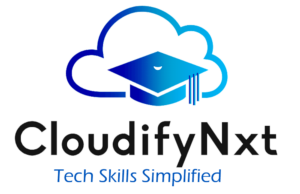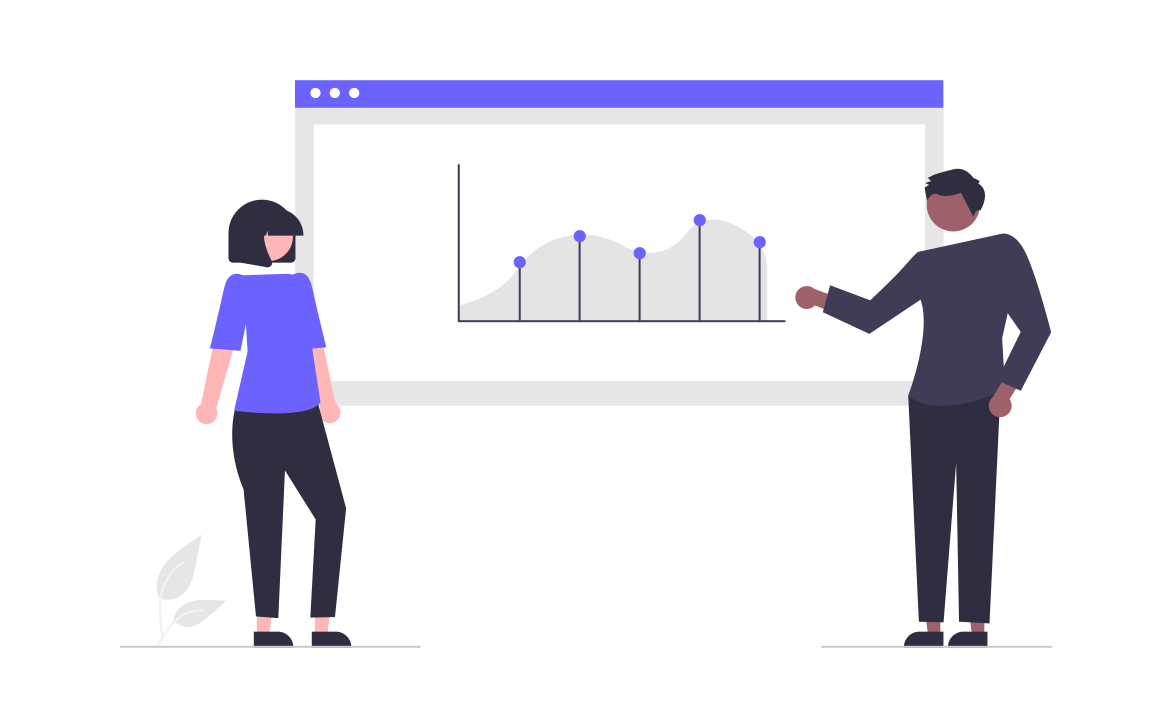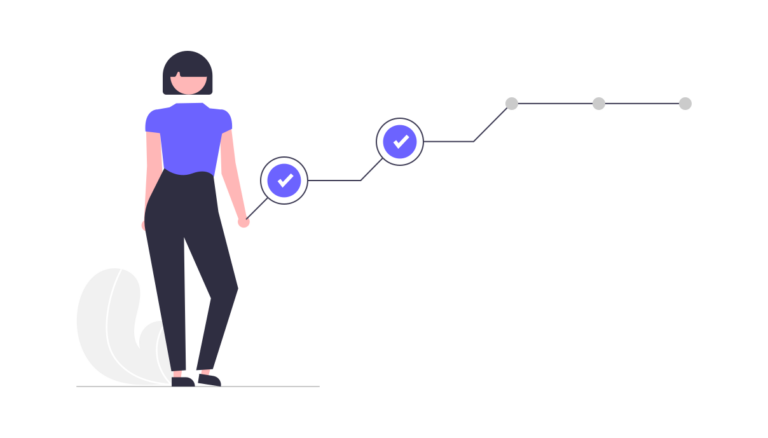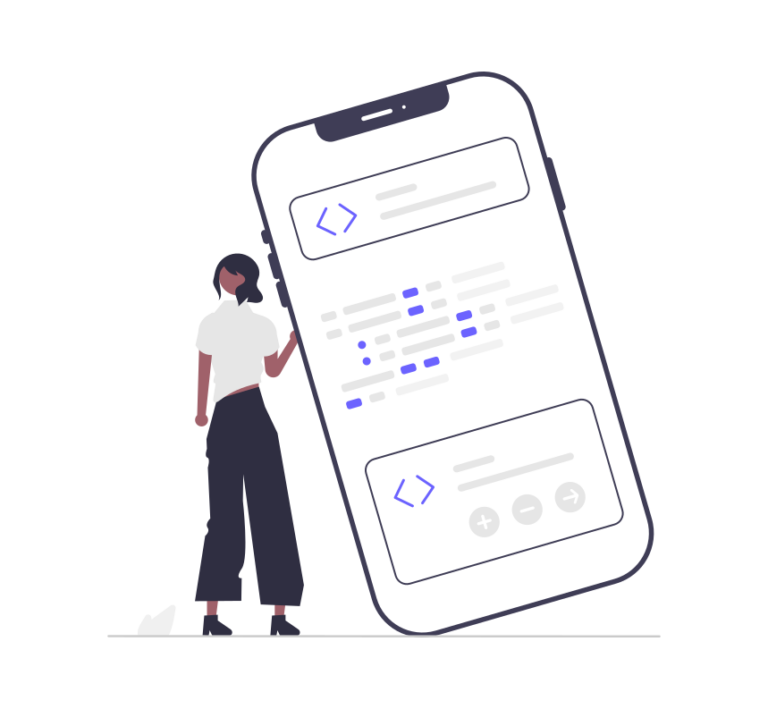
Roadmap for Becoming a Data Analyst

Contents
Introduction
If you’re interested in a career as a data analyst, having a clear roadmap for becoming a data analyst is crucial. This roadmap for becoming a data analyst will help you understand the key steps and skills needed to succeed in this field. From learning basic concepts to mastering advanced techniques, this guide provides a straightforward roadmap for becoming a data analyst.
Learn the Basics of Data Analysis
Start with the foundational skills in data analysis:
- Understanding Data Analysis: Begin by learning what data analysis is all about. This includes knowing the role of a data analyst, what they do, and why data is important for making business decisions. This initial understanding is part of the roadmap for becoming a data analyst.
- Mathematics and Statistics: Focus on basic math and statistics. Learn about descriptive statistics, probability, distributions, and regression. These concepts are essential in your roadmap for becoming a data analyst, as they help you make sense of data.
- Data Visualization: Understand how to create visual representations of data. Learn about different types of charts and graphs and how to choose the right one to show your findings clearly. This skill is a key part of your roadmap for becoming a data analyst.
Build Technical Skills
Develop the technical skills needed for data analysis:
- Excel: Get comfortable with Microsoft Excel. Learn how to use functions, pivot tables, and other tools to analyze and manipulate data. Excel is a fundamental tool in the roadmap for becoming a data analyst.
- SQL: Learn SQL (Structured Query Language) for working with databases. SQL helps you query and manage data effectively. Mastering SQL is an important step in your roadmap for becoming a data analyst.
- Programming Languages: Learn programming languages like Python or R. These languages are widely used for data analysis. Python, with libraries like Pandas and Matplotlib, and R, with its statistical capabilities, are both essential in your roadmap for becoming a data analyst.
- Data Cleaning and Preparation: Understand how to clean and prepare data for analysis. This includes handling missing values, correcting errors, and transforming data. Data cleaning is a crucial part of the roadmap for becoming a data analyst.
Explore Advanced Techniques
Once you have the basics down, move on to more advanced techniques:
- Machine Learning Basics: Get an introduction to machine learning. Learn about basic algorithms and techniques like classification and regression. While not always required, understanding machine learning is a valuable addition to your roadmap for becoming a data analyst.
- Big Data Technologies: Familiarize yourself with big data tools like Hadoop and Spark if you’re dealing with large datasets. These technologies are important for analyzing big data and are part of the advanced part of your roadmap for becoming a data analyst.
- Data Warehousing: Learn about data warehousing and ETL (Extract, Transform, Load) processes. This knowledge helps in managing and analyzing large volumes of data efficiently.
Understand Business Context
Being a good data analyst also means understanding the business side:
- Domain Knowledge: Gain knowledge about the industry you want to work in. Understanding the key metrics and goals of a business will help you provide more relevant insights. This business acumen is a crucial part of your roadmap for becoming a data analyst.
- Communication Skills: Develop skills to communicate your findings effectively. Learn to create reports and presentations that clearly explain your insights to others. Good communication is essential in the roadmap for becoming a data analyst.
- Data Storytelling: Learn how to tell a story with data. Use visualizations and narratives to make your data analysis more engaging and understandable. This skill will help you in presenting your findings effectively.
Gain Practical Experience
Hands-on experience is key to applying what you’ve learned:
- Personal Projects: Work on personal projects using publicly available data. This will help you practice your skills and build a portfolio. Personal projects are an important step in the roadmap for becoming a data analyst.
- Internships and Jobs: Look for internships or job opportunities to gain real-world experience. Working on actual projects will enhance your skills and improve your resume.
- Portfolio Development: Create a portfolio showcasing your projects and skills. Include detailed descriptions and examples of your work to demonstrate your abilities. A strong portfolio is an essential part of the roadmap for becoming a data analyst.
Stay Current with Industry Trends
The field of data analysis is always changing. Staying updated is important:
- Continuous Learning: Keep learning through online courses and industry resources. Websites like Coursera and DataCamp offer courses to keep your skills current. Continuous learning is a key part of the roadmap for becoming a data analyst.
- Networking: Join data analysis communities and attend events to connect with professionals. Networking can provide valuable insights and opportunities in your career.
- New Tools and Technologies: Stay informed about new tools and techniques in data analysis. Being aware of the latest developments will help you stay competitive in the field.
Conclusion
Having a clear roadmap for becoming a data analyst helps you navigate the path from learning the basics to mastering advanced skills. By following this roadmap for becoming a data analyst, you can build a strong foundation, gain practical experience, and stay updated with industry trends. Approach your journey with dedication and enthusiasm, and you’ll be well-prepared for a successful career as a data analyst.



